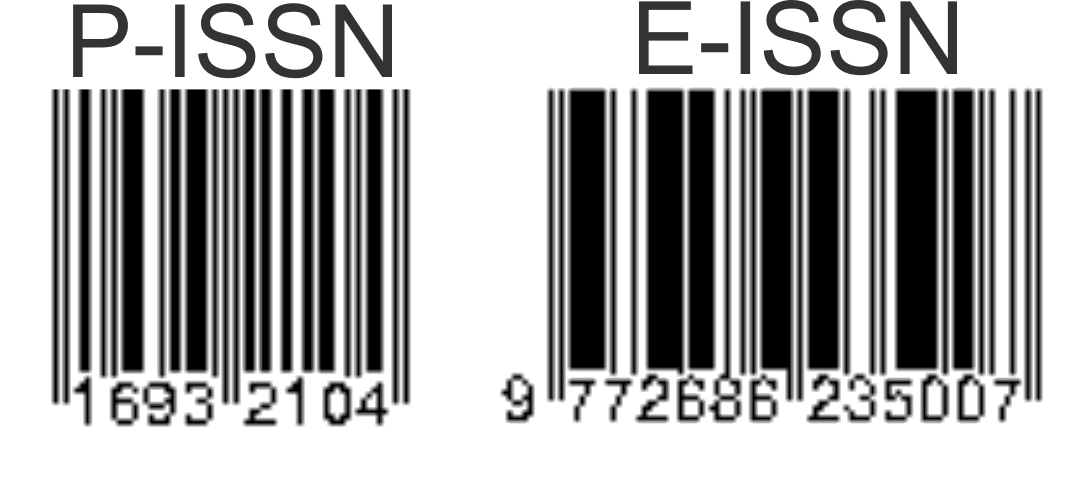Application of Ecological Architecture Concepts to Industrial Villages in Surabaya (Case Study: Gundih Village)
Abstract
Global warming encourage people to care more about energy consumption. Metropolitan city like Surabaya has a complex problem in it such as high density, fast growth and development, high energy consumption, and many more. Ecological city supposed to encourage smart citizen, environmentally friendly and humane. It obviously not easy, requires good cooperation between the government, sector managers and the community. The Surabaya mayor's approach and the socialization of the importance of implementing green architecture in each area have succeeded in raising public awareness to create a harmonious, ecological and energy-conscious environment. Apart from the ecological aspects, what makes Surabaya the most advanced city in Indonesia is economic growth. The fast economic growth cannot be separated from the motivation of the Mayor of Surabaya in growing small and medium industries. Kampung Gundih is one of the kampong that has successfully implemented the ecological concept and has become the most advanced home industry in Surabaya by winning the Surabaya Green and Clean in recent years. This study aims to identify and describe the application of Green architecture and ecological concepts in small industrial-based settlements in Kampung Gundih, Surabaya. The method used in this research is descriptive qualitative. The results obtained are a review of the implementation of the concept of ecological architecture in rural areas and small industries, a description of the integrated water management process, and environmental management strategies in Kampung Gundih Surabaya.
Keywords
Full Text:
PDF (Bahasa Indonesia)References
Azizah Siti (2016), Pemanfaatan Teknologi Pada Produk Unggulan Untuk Mendukung Citra Kawasan. Seminar Nasional Pendidikan 2016: Unversitas Jember
Baker Nick dan Koen Steemers (2005), Energy and Environmental in Architecture, Taylor & Francis Group, New York
Bahri Samsul (2005), Rumah Susun Sebagai Bentuk Budaya Bermukim Masyarakat Modern, Jurnal Sistem Teknik Industri: Vol. 6, no. 3, hh. 97-102
Green Building Council Indonesia (2015), Greenship Rating Tools untuk Kawasan versi 1.0, Jakarta: Direktorat Pengembangan Perangkat Penilaian
Groat Linda & Wang David (2002), Architectural Research Methods, John Wiley & Sons, Inc, Canada
Gunawan Tanuwidjaja, Mustakim, Maman Hidayat, Agus sudarman (2009), Integrasi Kebijakan Perencanaan dan Desain Rumah Susun yang Berkelanjutan, dalam Konteks Pembangunan Kota yang Berkelanjutan, Seminar Nasional Univ.Kristen Maranatha, Bandung
Heerwagen Dean (2004), Passive and Active Environmental Controls Informing The Schematic Design of Building, Mc Graw Hill, New York
Kementerian Lingkungan Hidup (1997), Ringkasan Agenda 21 Indonesia (Strategi Nasional Untuk Pembangunan Berkelanjutan), Jakarta : Kantor Menteri Negara Lingkungan Hidup
Laksmiyanti Dian P.E & Salisnanda Randy P (2018), Optimization of skylight composition for cooling and lighting energy efficiency (Case Study: G-building ITATS), International Journal of Advanced Engineering Research and Science (IJAERS), Vol-5, Issue-11, hh. 266-271
Melani Agustina & Harun Mahbub (2019), Kampung Gundih Surabaya Kawasan Preman Menjelam Jadi Kampung Hijau (https://surabaya.liputan6.com/read/4129504/kampung-gundih-surabaya-kawasan-preman-menjelma-jadi-kampung-hijau), diakses tanggal: 2 November 2020
Newman Peter & Jennings Isabella (2008), Cities as Sustainable Ecosystem Principles and Practice, Island Press, London
Priatman Jimmy, 2002, ”Energy-Efficient Architecture” Paradigma Dan ManifestasiArsitekturHijau. FT UKPetra: Dimensi Teknik Arsitektur vol 31 no 1
Rahardjo Mudjia (2017), Studi Kasus Dalam Penelitian Kualitatif: Konsep dan Prosedurnya (http://repository.uin-malang.ac.id/1104/), diakses tanggal: 28 November 2020
Sulistyo B W, Antariksa, Surjono, Hakim L (2018), A Comparative Study of Public Open Space Handling Methodology in Urban Area. Jrnal IPTEK no 6 vol. Surabaya: Institut Teknologi Adhi Tama
DOI: https://doi.org/10.31315/opsi.v14i1.3958
Refbacks
- There are currently no refbacks.
Sekretariat :
Jurusan Teknik Industri
FTI UPN "Veteran" Yogyakarta
d.a Jalan Babarsari 2 Tambakbayan Yogyakarta 55281
Telp. (0274) 486256
Website http://jurnal.upnyk.ac.id/index.php/opsi
email : jurnal.opsi@upnyk.ac.id
indexed by:
 |  |  |  |
 |  |  |  |
 |

This work is Licensed Under a Creative Commons Attribution 4.0 International license.
View My Stats




